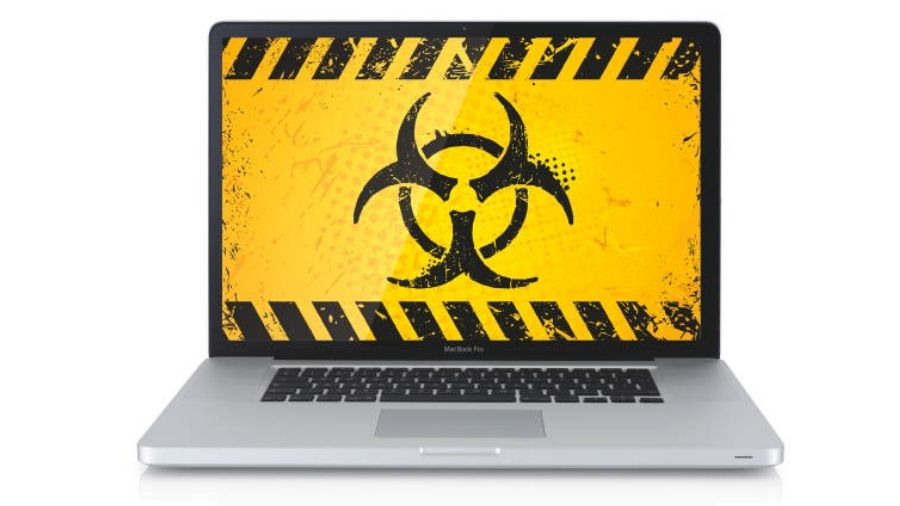

In addition, these malicious payloads are allowed to run-even on macOS Big Sur. That means the malicious payloads were submitted to Apple, prior to distribution: Apple scanned and apparently detecting no malice, inadvertently notarized them. However, the campaign originating from homebrew.sh leveraged adware payloads that were fully notarized.


These types of campaigns usually use un-notarized code, so are stopped in their tracks.
#What is the best malware software for mac update#
If a user inadvertently visited homebrew.sh, after various redirects an update for “Adobe Flash Player” would be aggressively recommended. On August 28, Twitter user Peter Dantini noticed that the website homebrew.sh (not to be confused with the legitimate Homebrew website brew.sh), was hosting an active adware campaign. Wardle cites the example of Homebrew, hosted at brew.sh.
#What is the best malware software for mac code#
“If software has not been notarized, it will be blocked by macOS, with no option to run it via the alert prompt,” Wardle explains, adding: “With the goal of stymieing the influx of malicious code targeting macOS, notarization seemed like a promising idea. Sadly, not all promises are kept.” This ensures that Apple can inspect and approve all software before it is allowed to run on new versions of macOS. Apple introduced notarization requirements in macOS 10.15 (Catalina), requiring developers to submit their applications to Apple before distribution to macOS users.


 0 kommentar(er)
0 kommentar(er)
